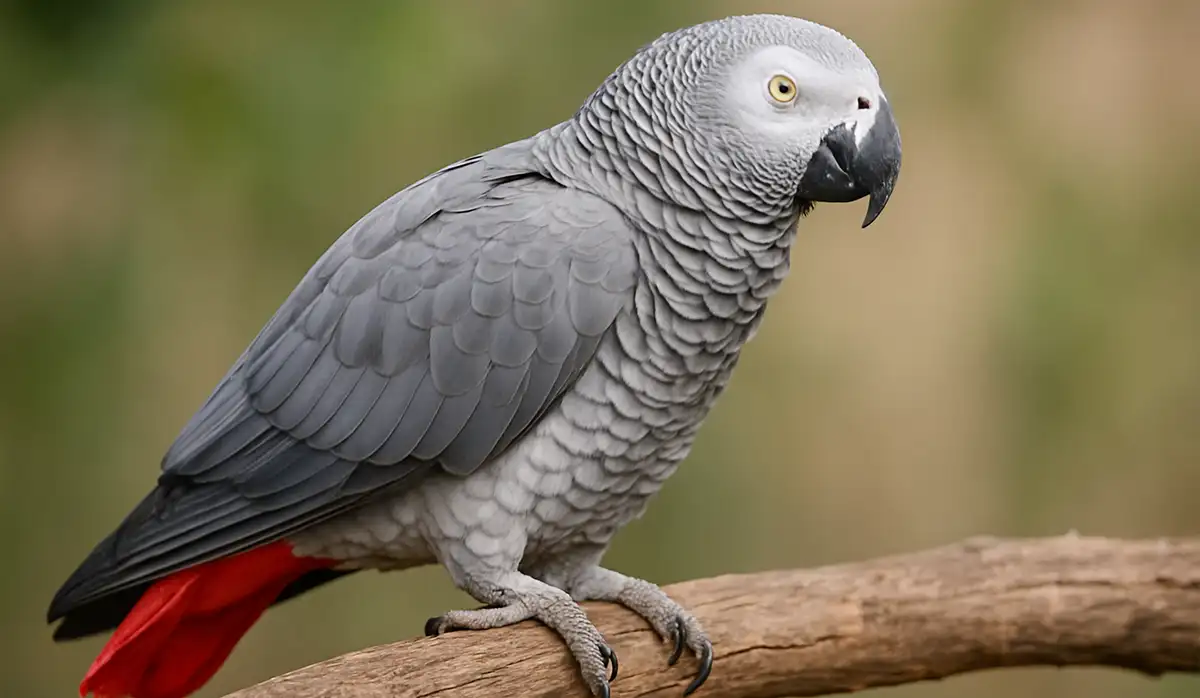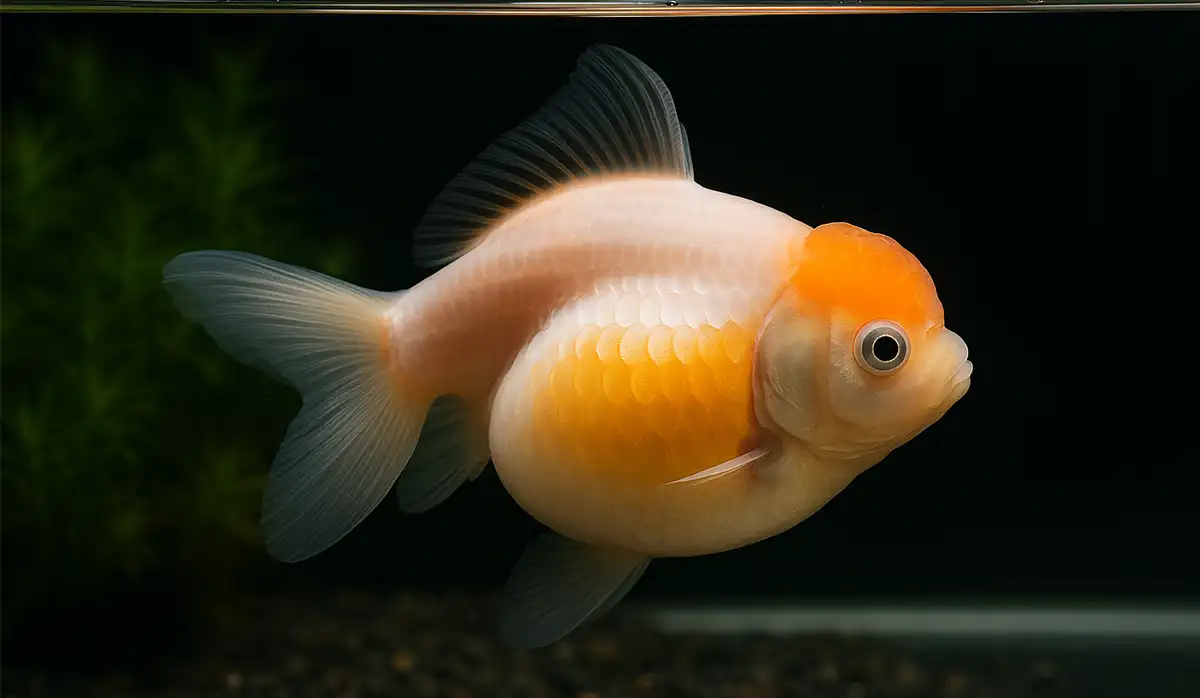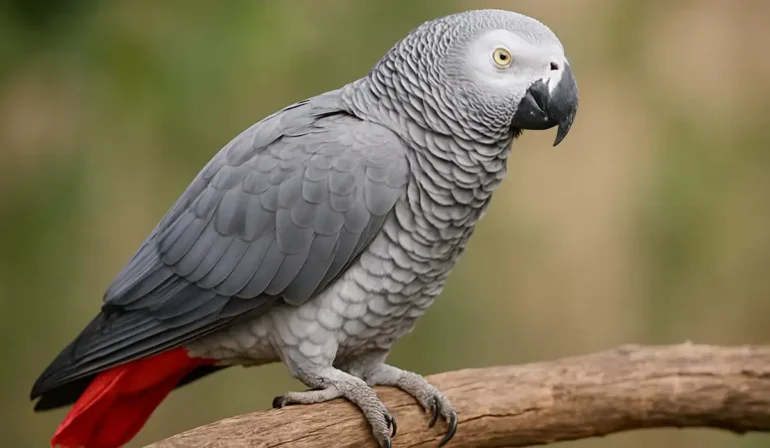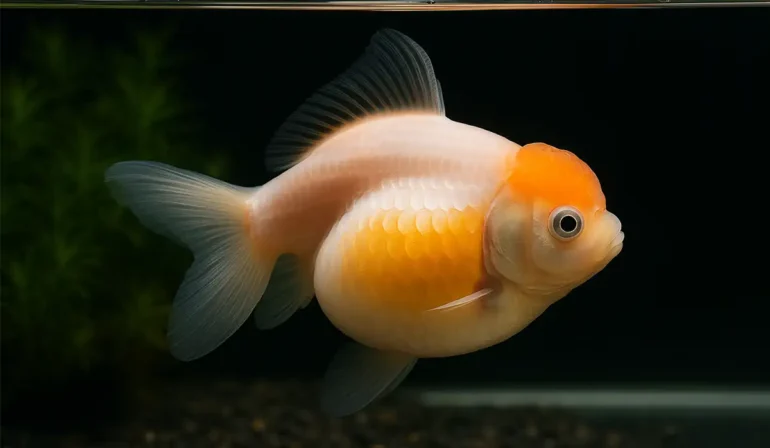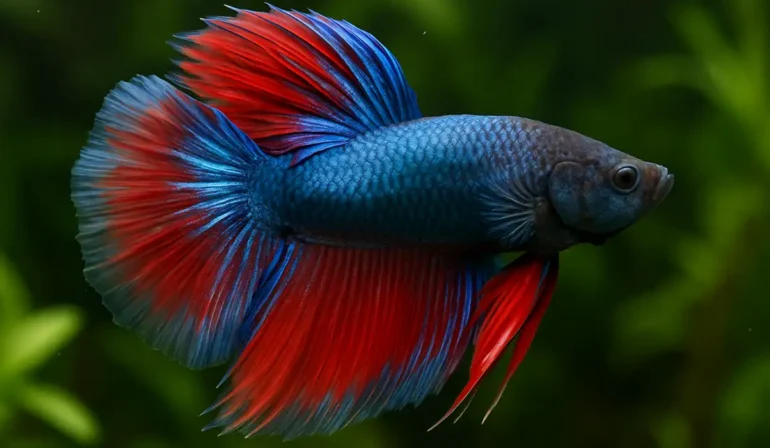Choosing the Perfect Small Pets for Kids: A Guide for Parents
By Pet Luvz on February 24, 2025
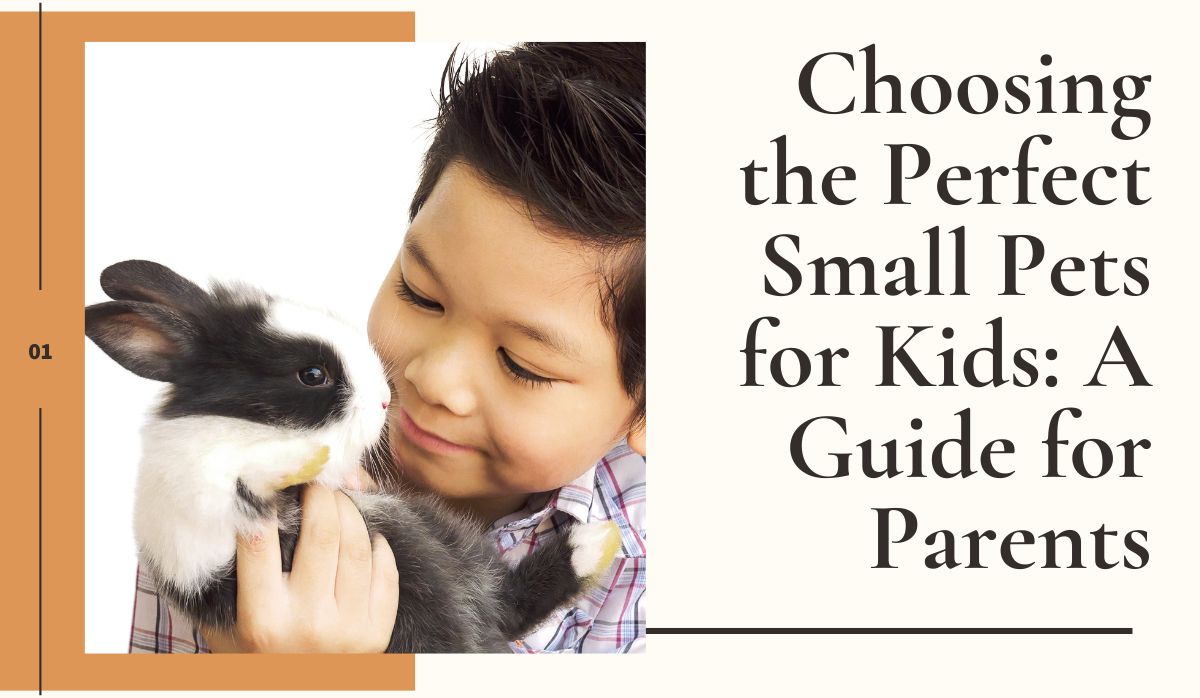
Table of Contents
Introduction
Are you considering adding a furry (or scaly) friend to your family? Small pets for kids can be an excellent way to teach responsibility, empathy, and animal care. In this comprehensive guide, we’ll explore the best small pets for children, their care requirements, and the benefits they bring to your household.
Benefits of Small Pets for Kids
Having small pets can be incredibly rewarding for children. Here are some key benefits:
- Teaches responsibility: Caring for a pet helps kids learn about daily routines and commitments.
- Develops empathy: Interacting with animals helps children understand and respond to others’ needs.
- Reduces stress: Petting and caring for animals can have a calming effect on children.
- Encourages physical activity: Many small pets require playtime, encouraging kids to be active.
- Provides companionship: Pets can be great friends, especially for only children or those who struggle socially.
Top 10 Small Pets for Kids
Hamsters
Hamsters are popular small pets for kids due to their cute appearance and relatively low maintenance needs. These nocturnal creatures are perfect for families with busy schedules.
Care requirements:
- Cage with exercise wheel
- Bedding material
- Hamster food and treats
- Water bottle
- Chew toys
Lifespan: 2-3 years
Ideal for: Children aged 8 and up
Guinea Pigs
Guinea pigs are gentle, social animals that make excellent pets for kids. They’re relatively low-maintenance and can form strong bonds with their owners.
Care requirements:
- Large cage or enclosure
- Bedding material
- Guinea pig pellets and fresh vegetables
- Water bottle
- Hay for grazing
- Chew toys
Lifespan: 4-8 years
Ideal for: Children aged 5 and up
Rabbits
Rabbits are adorable and intelligent pets that can be great for families with children. They require more space and attention than some smaller pets but can be very rewarding.
Care requirements:
- Large indoor cage or outdoor hutch
- Litter box
- Rabbit pellets and hay
- Fresh vegetables
- Chew toys
- Regular exercise outside the cage
Lifespan: 8-12 years
Ideal for: Children aged 7 and up
Read about rabbit care essentials
Gerbils
Gerbils are energetic, social animals that are fun to watch and interact with. They’re relatively easy to care for and can be a good choice for families new to pet ownership.
Care requirements:
- Tall cage with multiple levels
- Bedding material
- Gerbil food
- Water bottle
- Exercise wheel
- Chew toys
Lifespan: 2-4 years
Ideal for: Children aged 8 and up
Explore gerbil care guidelines
Mice
Mice are small, curious creatures that can be fascinating pets for children. They’re relatively low-maintenance and don’t require much space.
Care requirements:
- Small cage with secure lid
- Bedding material
- Mouse food
- Water bottle
- Exercise wheel
- Hiding places and toys
Lifespan: 1-3 years
Ideal for: Children aged 10 and up
Find out more about mouse care
Rats
Despite their reputation, rats can make excellent pets for kids. They’re intelligent, social, and can form strong bonds with their owners.
Care requirements:
- Large cage with multiple levels
- Bedding material
- Rat food and fresh fruits/vegetables
- Water bottle
- Toys and climbing structures
- Regular handling and socialization
Lifespan: 2-3 years
Ideal for: Children aged 10 and up
Learn about rat care and handling
Leopard Geckos
For families interested in reptiles, leopard geckos are a great option. They’re docile, easy to handle, and don’t require complex care.
Care requirements:
- Terrarium with proper heating and lighting
- Substrate (like reptile carpet or paper towels)
- Hiding spots and climbing structures
- Insects for food (crickets, mealworms)
- Calcium and vitamin supplements
- Shallow water dish
Lifespan: 10-20 years
Ideal for: Children aged 10 and up
Discover leopard gecko care basics
Bearded Dragons
Bearded dragons are friendly reptiles that can make great pets for kids. They’re relatively easy to care for and can be quite interactive.
Care requirements:
- Large terrarium with proper heating and UVB lighting
- Substrate (like reptile carpet or tile)
- Basking spot and hiding places
- Vegetables and insects for food
- Water dish
- Regular handling for socialization
Lifespan: 10-15 years
Ideal for: Children aged 12 and up
Explore bearded dragon care guidelines
Parakeets
Parakeets, also known as budgerigars, are colorful and social birds that can be wonderful pets for kids. They’re relatively low-maintenance and can even learn to mimic speech.
Care requirements:
- Large cage with perches and toys
- Bird seed and fresh fruits/vegetables
- Water dish
- Cuttlebone for beak maintenance
- Regular interaction and training
Lifespan: 5-10 years
Ideal for: Children aged 8 and up
Read about parakeet care essentials
Fish
Fish can be fascinating pets for kids, offering a low-maintenance option that’s still engaging. Depending on the species, they can be suitable for children of various ages.
Care requirements:
- Appropriately sized aquarium
- Filtration system
- Proper water conditions (temperature, pH, etc.)
- Fish food
- Decorations and hiding spots
Lifespan: Varies by species (from a few years to decades)
Ideal for: Children of all ages (with adult supervision)
Learn about setting up a first aquarium
Factors to Consider When Choosing Small Pets for Kids
When selecting small pets for kids, consider the following:
- Age of the child: Younger children may need pets that are easier to handle and less fragile.
- Time commitment: Some pets require more daily care than others.
- Space requirements: Ensure you have enough room for the pet’s habitat.
- Allergies: Check if anyone in the family is allergic to the pet you’re considering.
- Lifespan: Be prepared for the long-term commitment some pets require.
- Costs: Factor in initial setup costs and ongoing expenses for food, bedding, and veterinary care.
- Noise levels: Some pets, like birds, can be noisy and may not be suitable for all living situations.
- Interaction needs: Consider how much handling and socialization the pet requires.
Preparing Your Home for a Small Pet
Before bringing home a new small pet for your kids, it’s essential to prepare your home:
- Set up the habitat: Ensure the cage, terrarium, or aquarium is properly set up and equipped before bringing the pet home.
- Create a safe space: Choose a quiet area of your home for the pet’s habitat, away from direct sunlight and drafts.
- Pet-proof the area: If the pet will have supervised free-roam time, ensure the area is safe and free from hazards.
- Stock up on supplies: Purchase all necessary food, bedding, and care items in advance.
- Establish rules: Set clear guidelines for pet care and handling with your children.
- Find a veterinarian: Locate a vet who specializes in exotic pets or the specific type of animal you’re getting.
Teaching Responsibility with Small Pets
Small pets for kids can be an excellent tool for teaching responsibility. Here are some ways to involve your children in pet care:
- Create a care schedule: Help your child make a daily and weekly checklist for pet care tasks.
- Supervise feeding: Teach your child how to measure and provide the correct amount of food.
- Demonstrate proper handling: Show your child how to safely pick up and hold the pet.
- Involve them in habitat cleaning: Depending on their age, have children help with cage cleaning and maintenance.
- Encourage observation: Ask your child to keep a journal about the pet’s behavior and habits.
- Teach empathy: Help your child understand and respond to the pet’s needs and emotions.
- Visit the vet together: Include your child in veterinary check-ups to learn about pet health.
Conclusion
Choosing small pets for kids can be an exciting and rewarding experience for the whole family. By considering factors like your child’s age, the pet’s care requirements, and your family’s lifestyle, you can find the perfect furry, feathered, or scaly friend to join your household. Remember, pet ownership is a long-term commitment that requires dedication and care. With the right preparation and approach, small pets can bring joy, companionship, and valuable life lessons to your children.
Are you ready to welcome a small pet into your family? Share your experiences or ask questions about small pets for kids in the comments below!
YOU MAY ALSO LIKE
Top Pick
-

African Grey Parrot: A Smart, Loving, and Talkative Companion
July 22, 2025
-

5 Best Canister Filters for Crystal Clear Water in Your Pet Fish Tank
July 8, 2025
-

Is Pumpkin Good for Cats? Everything You Need to Know
July 5, 2025
-

Swim Bladder Treatment: Solutions for Aquarium Fish Health
July 3, 2025
-

7 Fascinating Betta Fish Facts Every Owner Should Know
July 2, 2025
